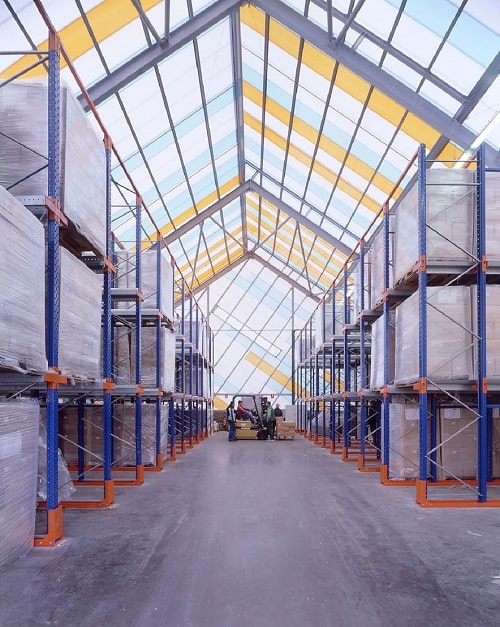The benefits of daylight when it comes to the design of structures cannot be underestimated. It helps to generate energy savings, reduces costs in the building process, can potentially increase productivity, is sustainable and enhances the mood of people inside of the structure, to name just a few things.
This is why architects have daylighting as one of their number one priorities in the design process. While there are many skylight makers and manufacturers on the market, none of them quiet have the end product that is like the Danpalon glazing system, which has been built for the future.
 The climate of our world is ever changing and with that comes the importance of having all aspects of your structure being fool proof when it comes to the various weather conditions that the structure will be exposed to on a daily basis.
The climate of our world is ever changing and with that comes the importance of having all aspects of your structure being fool proof when it comes to the various weather conditions that the structure will be exposed to on a daily basis.
You don’t want something that looks great and performs well in the short term, you need something that is sustainable, low maintenance and will retain its appeal even years into the future.
The balance between having glazing materials that are energy efficient, as well as being durable can often be a hard one to find. With construction looking to explode in the coming years in fastly developing countries, especially in areas of Asia like China, there is going to be a much greater demand for these types of materials. Especially as they are becoming more aware of the effects different materials can have on global warming, as well as the money savings they can achieve into the future.
The main aspects of a system that architects will be looking for will be a large thermal mass that can absorb the heat during the day and release it at night, look at different systems to compare the exclusion of solar gain, have systems that are completely air tight so as to exclude external hot air and high insulation levels in order to keep heat gain to a minimum with the building’s fabric.
As temperatures rise, the shading and glazing of a system are going to become vitally important. Shading systems for structures will come to the fore; building materials that are reflective and do not retina heat will be used and powerful cooling systems that are powered by groundwater or domestic scale renewables will become more prevalent.

 While this is somewhere workers can eat their lunch, it is also a great way to break away from their desk and to think more creatively about projects they are working on. These casual areas will help workers to relax, as well as providing a forum to discuss thoughts and ideas.
While this is somewhere workers can eat their lunch, it is also a great way to break away from their desk and to think more creatively about projects they are working on. These casual areas will help workers to relax, as well as providing a forum to discuss thoughts and ideas.